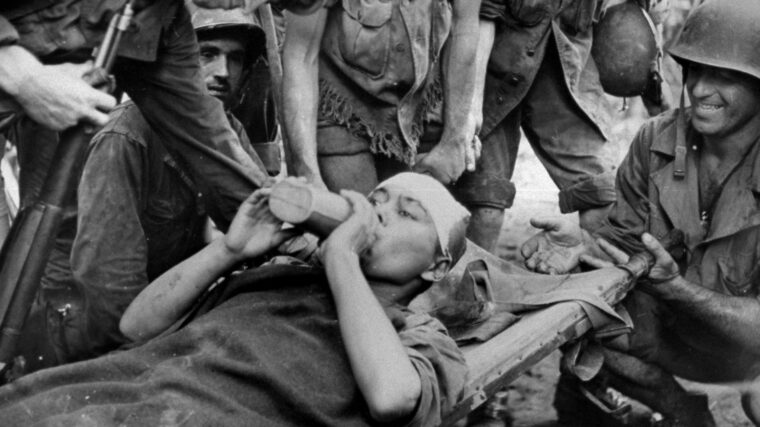
Japanese
Korea Under the Rising Sun
By Allyn VannoyThe first recorded encounter between American forces and Koreans in the Central Pacific during World War II came at Tarawa Atoll in November 1943. Read more

Japanese
The first recorded encounter between American forces and Koreans in the Central Pacific during World War II came at Tarawa Atoll in November 1943. Read more
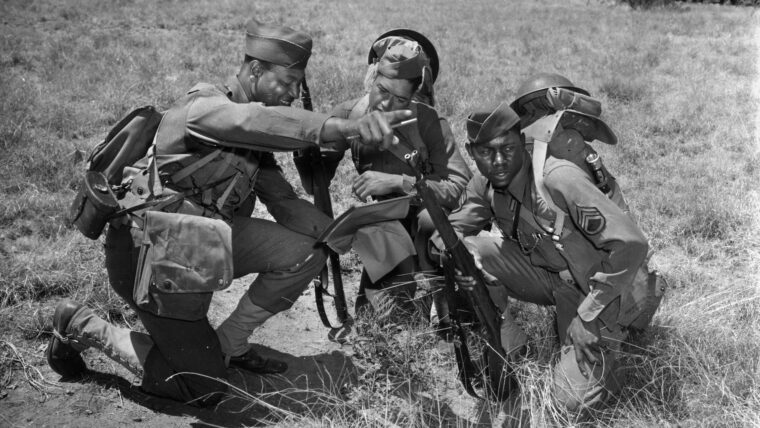
Japanese
On August 2, 1945, two weeks prior to Japan’s surrender, the highest ranking Japanese officer captured during the war in the Pacific was taken on the island of Morotai, Dutch New Guinea. Read more
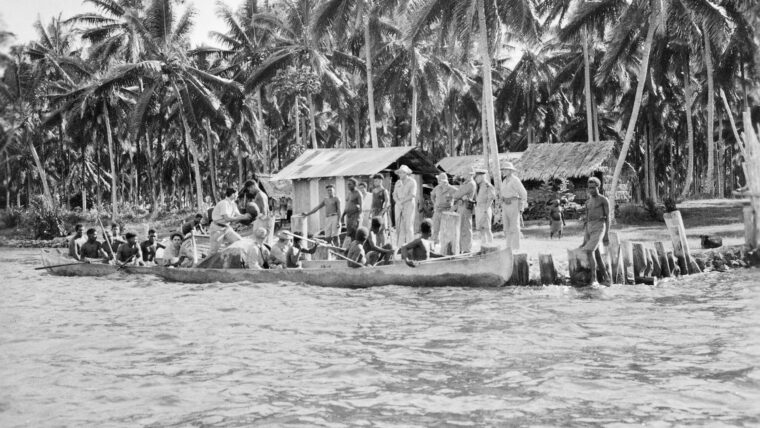
Japanese
Two weeks after Pearl Harbor, coast watcher Cornelius Page, a plantation manager on Tabar Island 20 miles north of New Ireland in the South Pacific, reported by teleradio that Japanese planes were making reconnaissance flights over New Ireland and New Britain. Read more
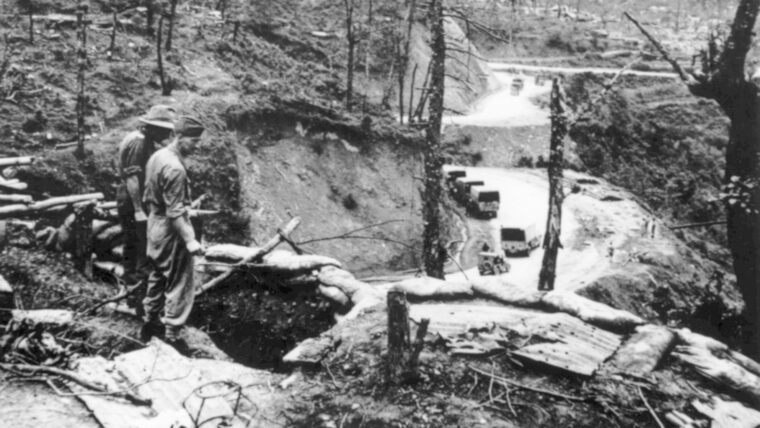
Japanese
The two regiments from the county of Kent, down in southeastern England, are of both ancient and honorable lineage. Read more
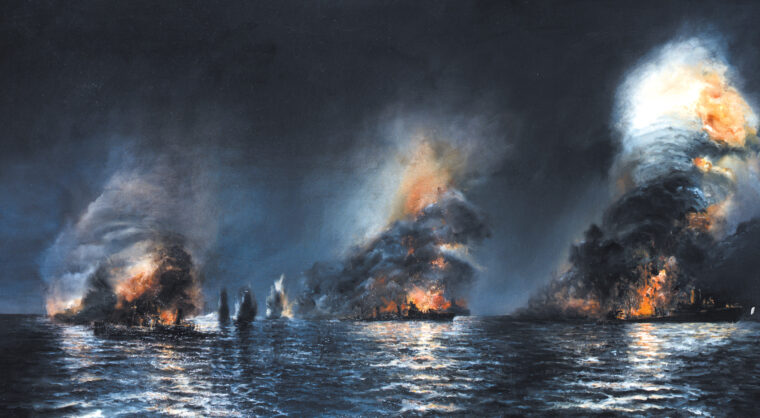
Japanese
During World War II, the United States employed 288 submarines, the vast majority of which raided Japanese shipping in the Pacific, thus preventing the enemy’s vital supplies and reinforcements from reaching the far-flung island battlefields. Read more
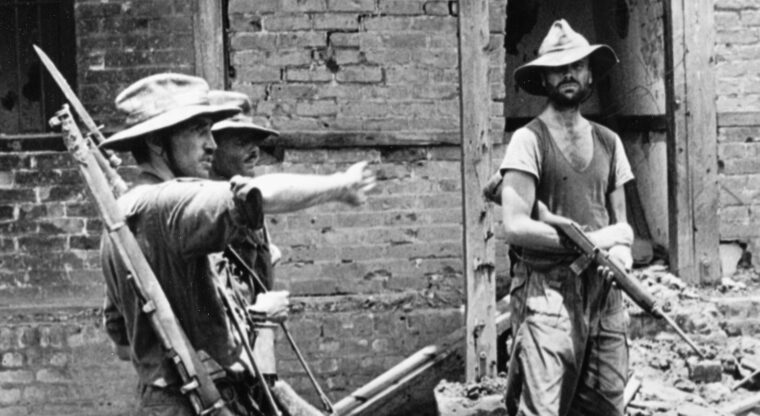
Japanese
The English officer studied the Burmese river and its surroundings. The area seemed quiet, for the moment peaceful. Read more
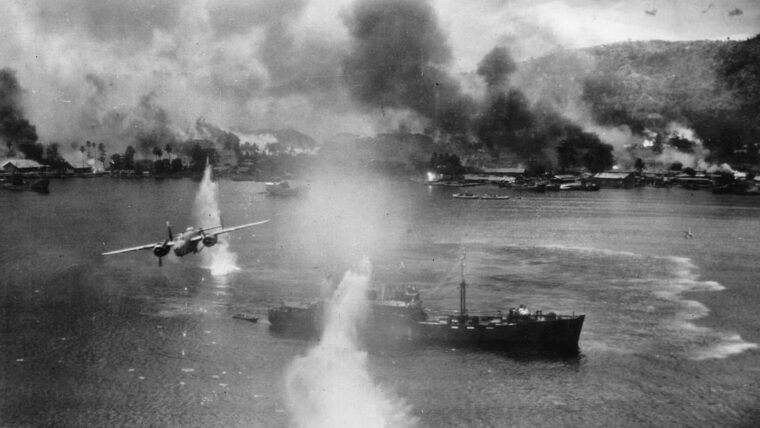
Japanese
In some historical circles, a mistaken impression has developed that the U.S. Navy’s Task Force 38 launched the aerial offensive on the Japanese stronghold at Rabaul, New Britain, that ultimately rendered the base useless. Read more
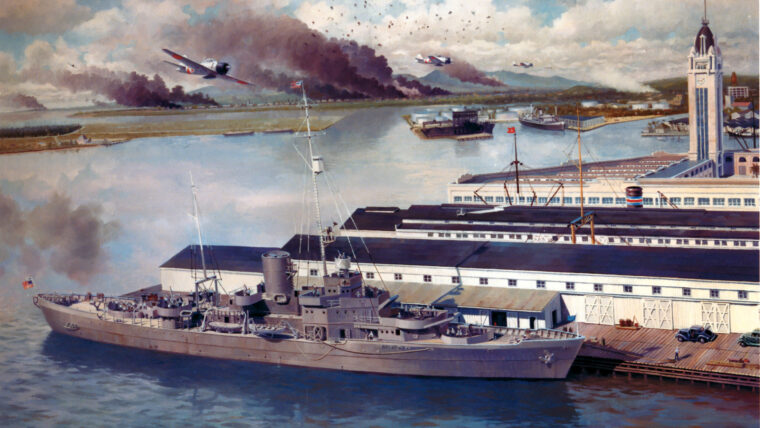
Japanese
Built in the mid-1930s as one of the famed Treasury class of large U.S. Coast Guard cutters, USCGC Taney had a distinguished career spanning five decades of continuous service. Read more
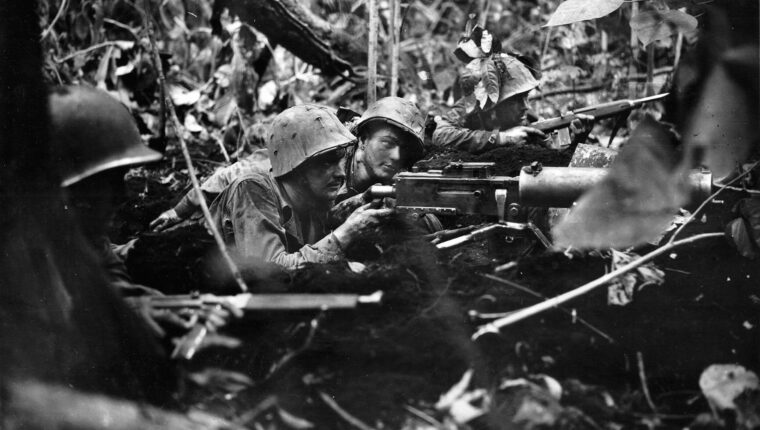
Japanese
On the island of New Britain, at the north end of the Solomon chain, lay a major base that provided Japanese forces with the naval power, supplies, and reinforcements to control the sea lanes of the Southwest Pacific. Read more
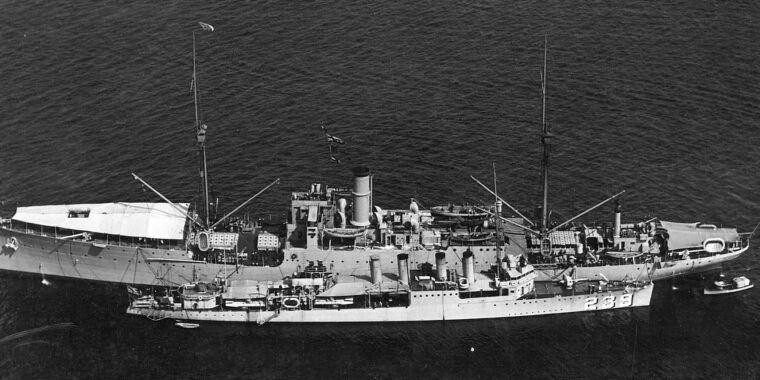
Japanese
On Saturday, December 6, 1941, the repair ship USS Vestal eased alongside the USS Arizona at her berth at Pearl Harbor. Read more

Japanese
He suffered from acute alcoholism and severe bouts of depression. As a result of his heavy drinking, he would wander about for days yelling incoherently. Read more

Japanese
Most writings about World War II tend to attribute the success or failure of military operations to the skill with which generals and admirals handled their forces in battle and to the fighting abilities of soldiers, sailors, and airmen. Read more
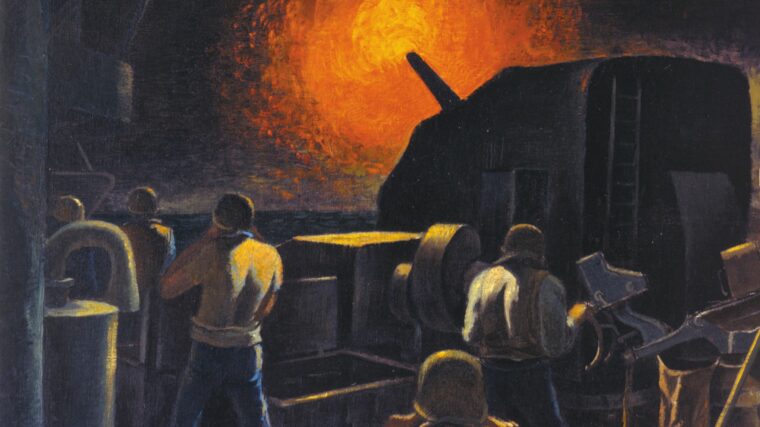
Japanese
With bond clerk Marge Henning standing by as a witness, Colonel Frank Eldridge removed the first piece of the puzzle. Read more
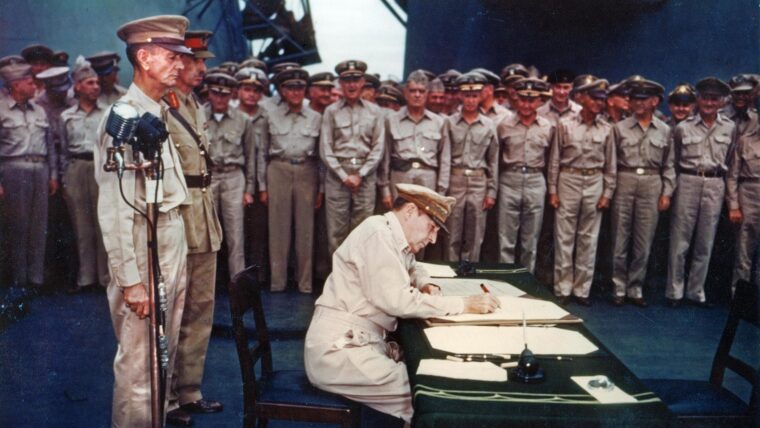
Japanese
On May 6, 1942, in the Malinta Tunnel, Corregidor Island, General Jonathan Wainwright waited for the Japanese to respond to his surrender offer with a cease-fire. Read more
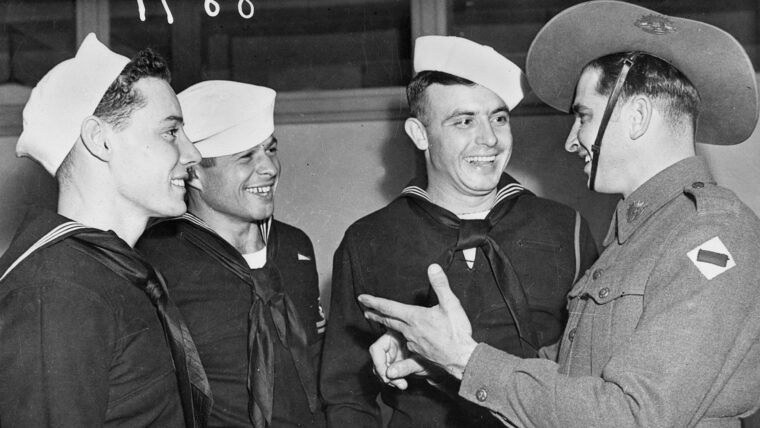
Japanese
In 1942, Brisbane was the third largest city in Australia and the state capital of Queensland. To many, however, it was more like a big country town than a city, its 340,000 inhabitants living in a quiet, conservative, and isolated atmosphere. Read more
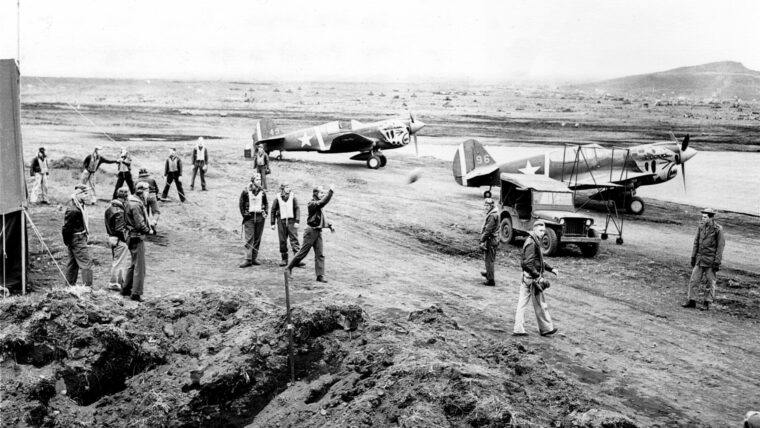
Japanese
Charles D. Mott was a U.S. Navy dive-bomber pilot when he joined the American Volunteer Group (AVG), the small band of Americans who flew under the leadership of General Claire Lee Chennault and became known to history as the Flying Tigers. Read more
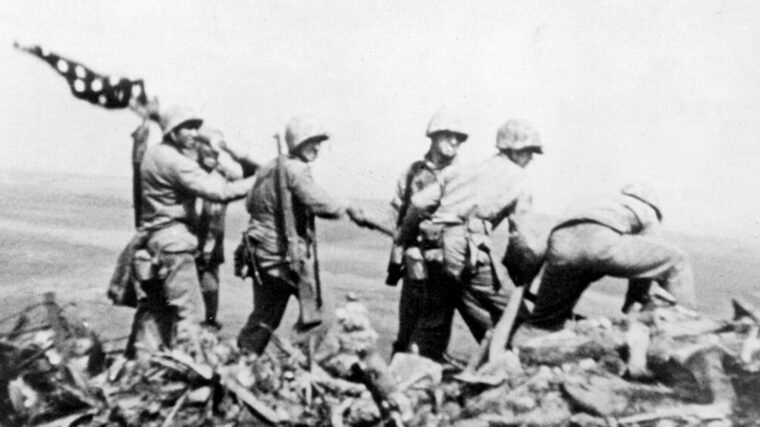
Japanese
Everyone has seen the now famous photograph of the three firefighters hoisting Old Glory over the ruins of the World Trade Center. Read more
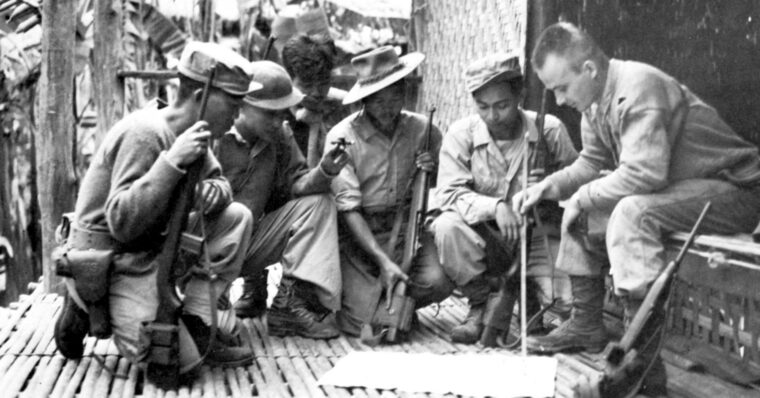
Japanese
Private First Class Frank Rinaldi cautiously made his way through the dense foliage. He and other soldiers were on patrol when they heard the unmistakable sound of Japanese voices, and they inched their way forward to investigate. Read more
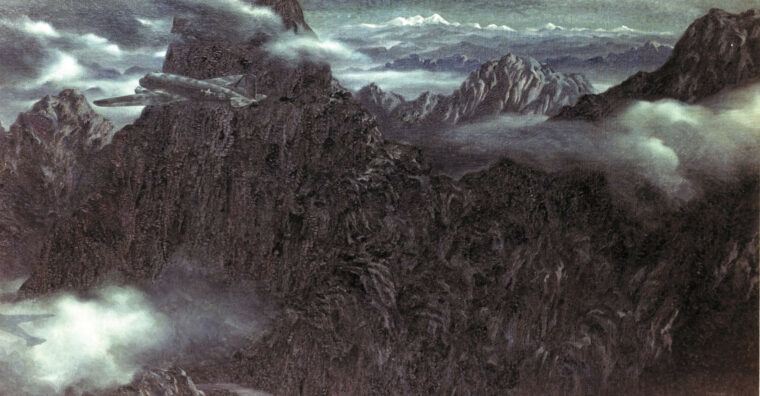
Japanese
In truth, it really was not a combat operation. For every airplane lost to enemy action, a hundred were destroyed in accidents. Read more
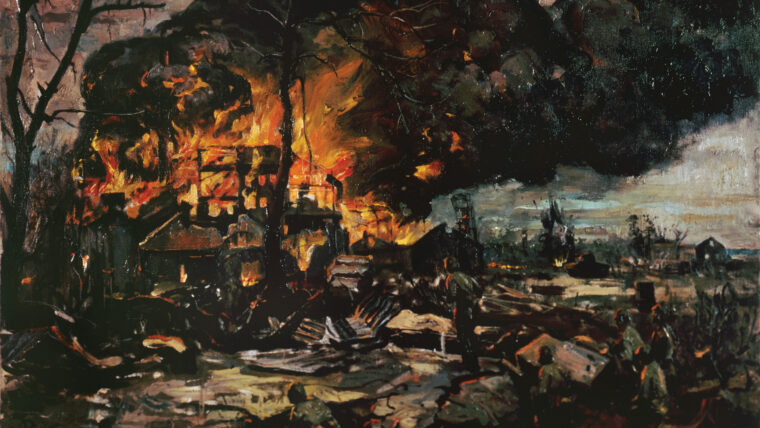
Japanese
On June 10, 1944, as his troop transport churned through the Pacific toward the Japanese-held island of Saipan, Pharmacist’s Mate First Class Stan Bowen wrote a letter to his sweetheart, Marge McCann. Read more